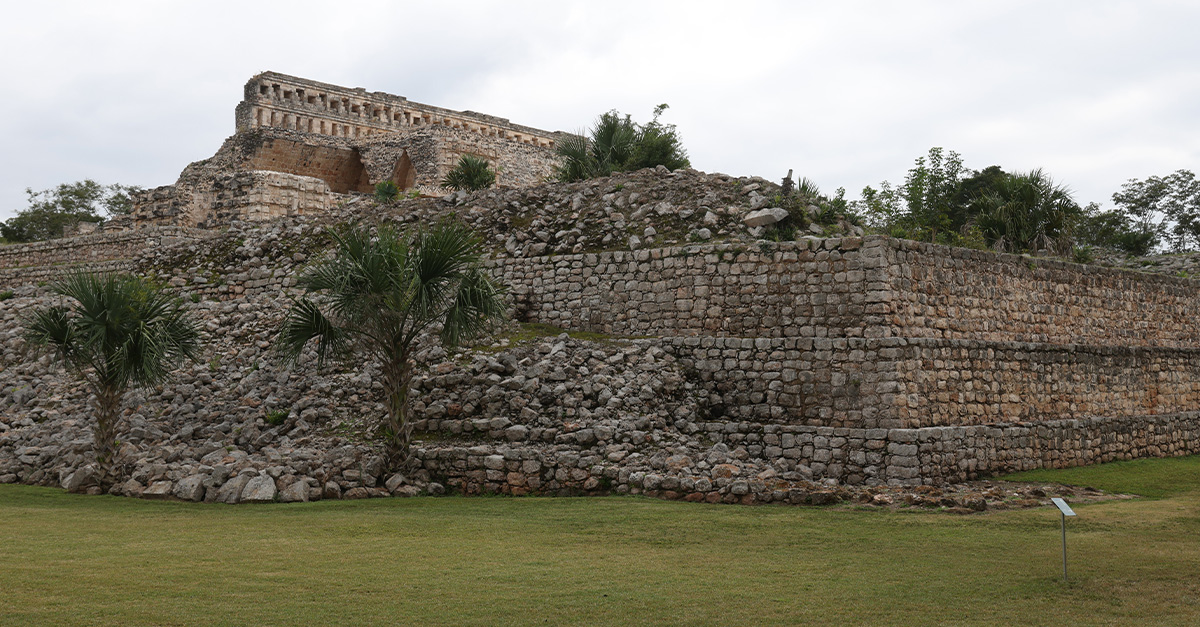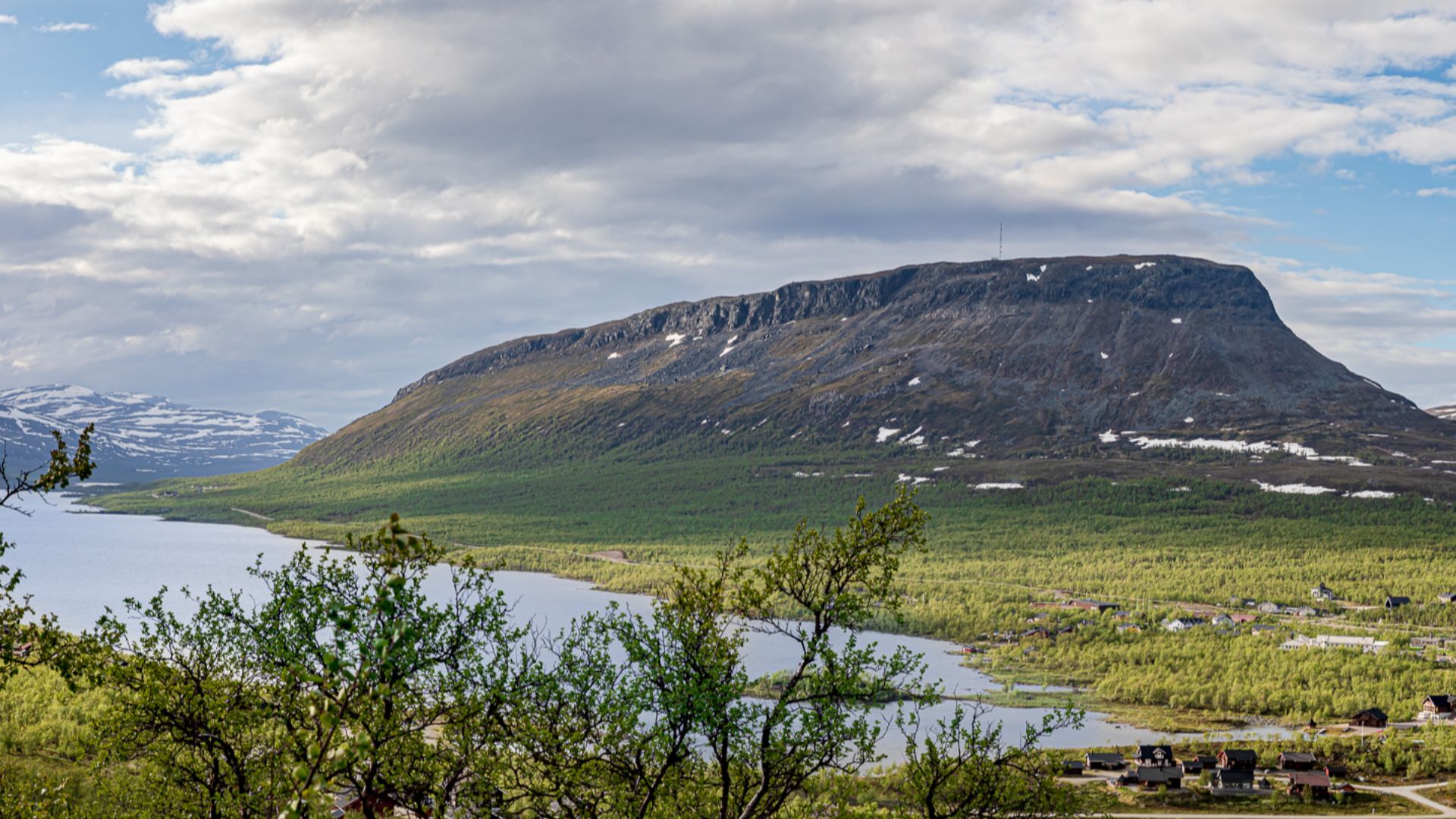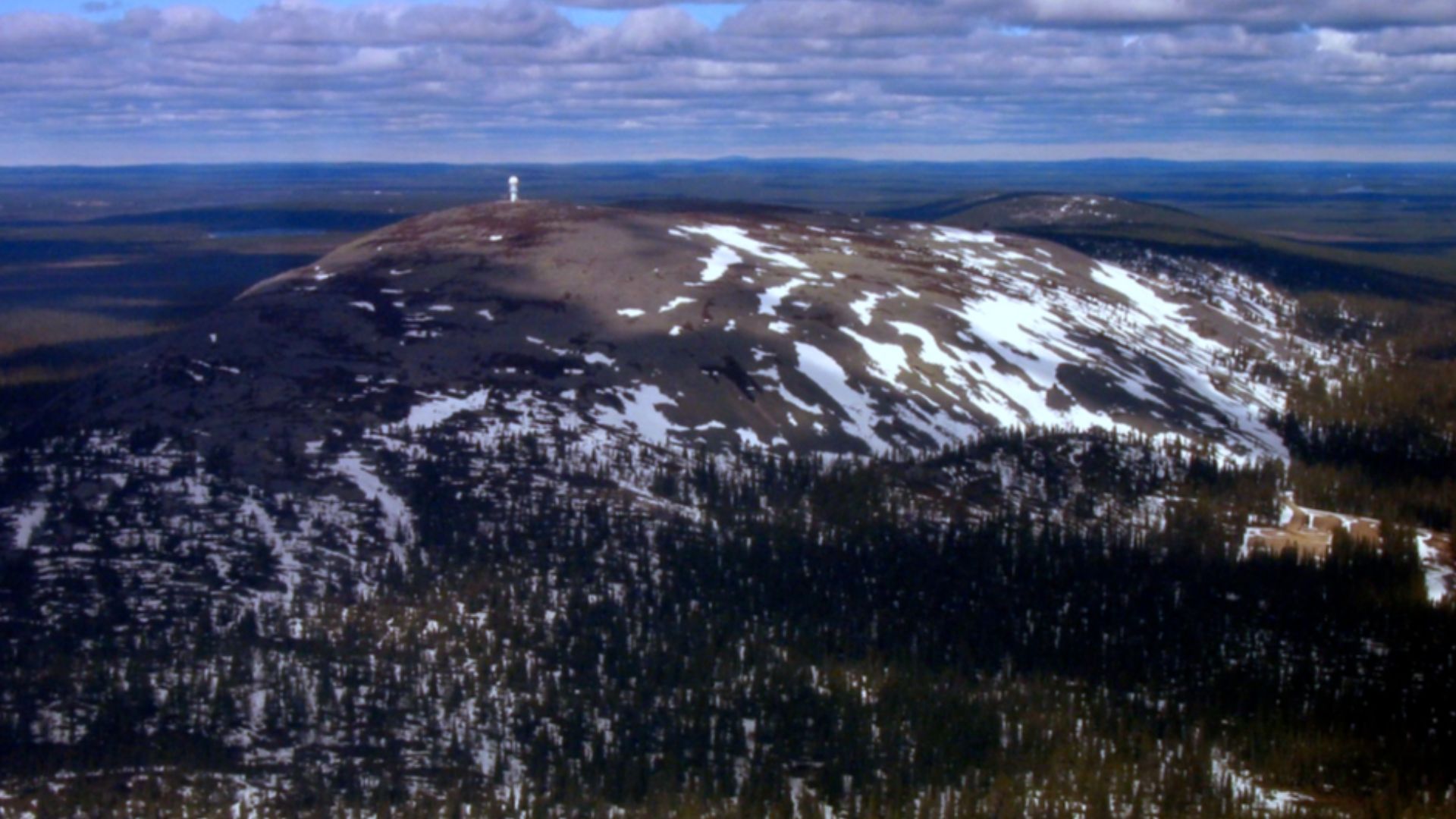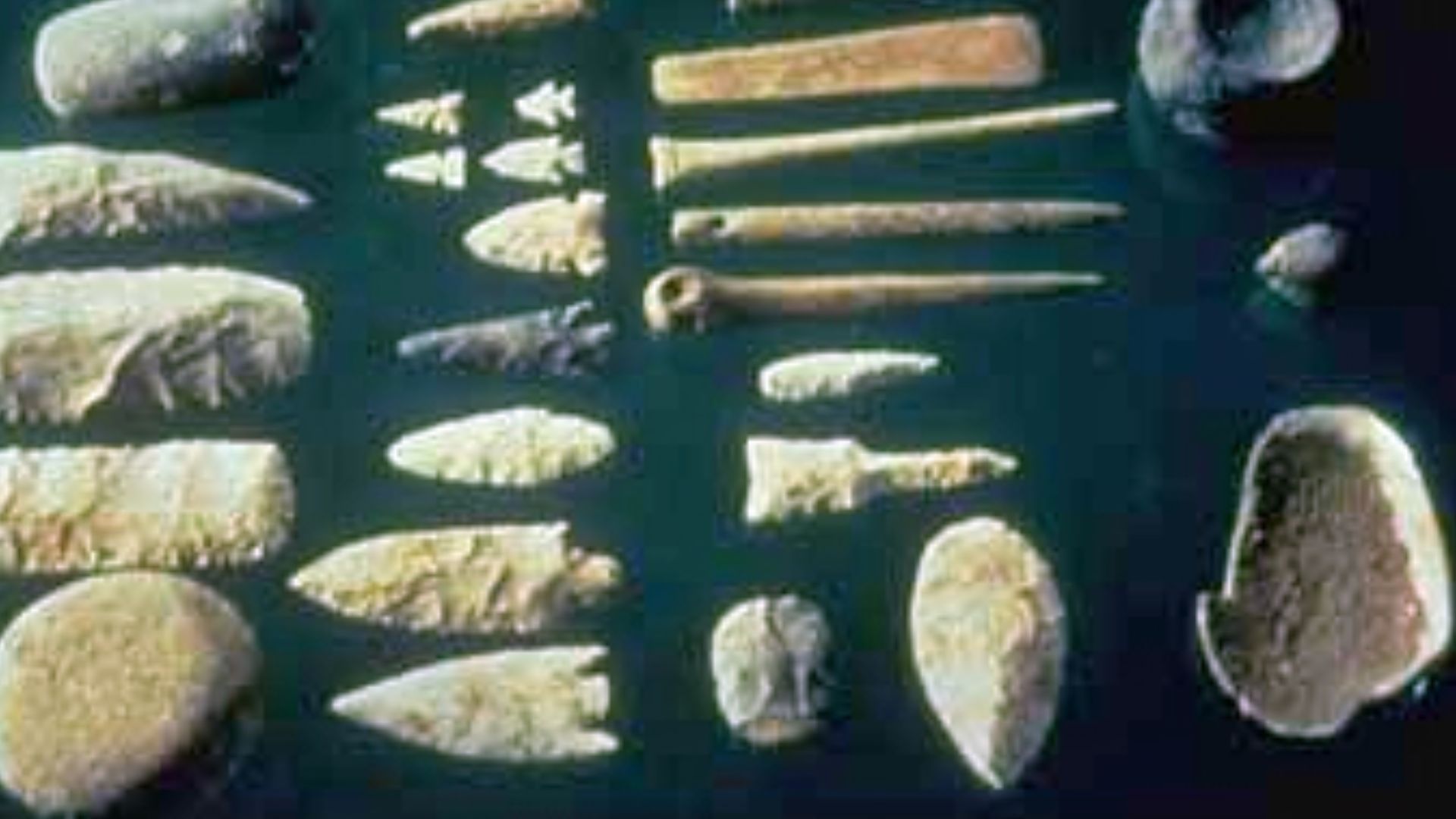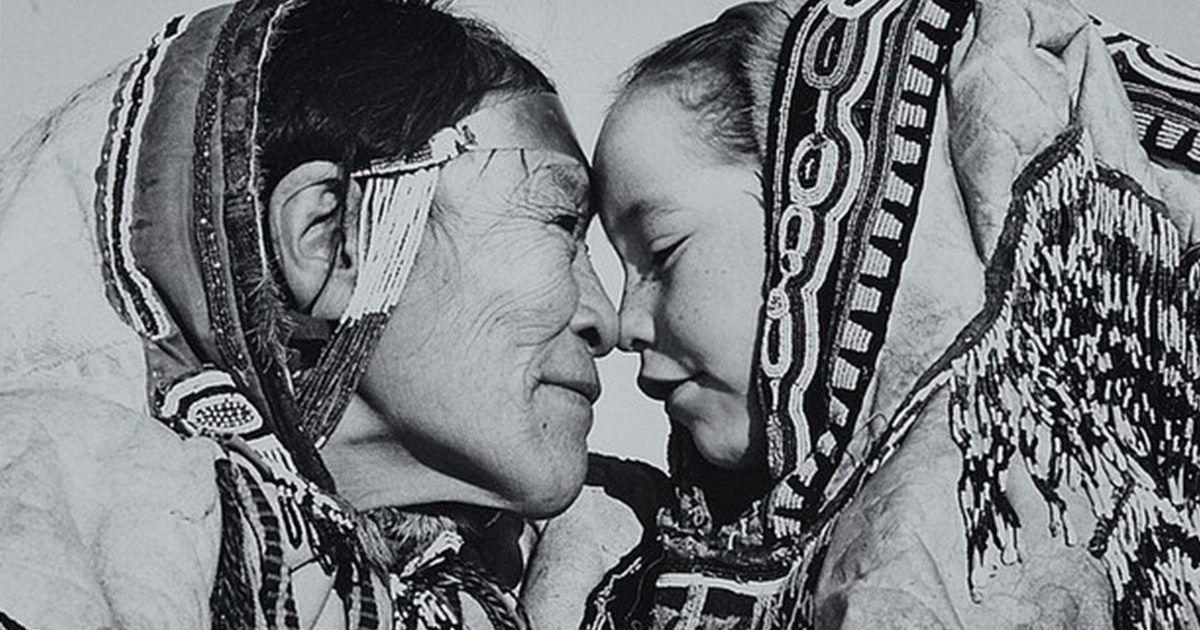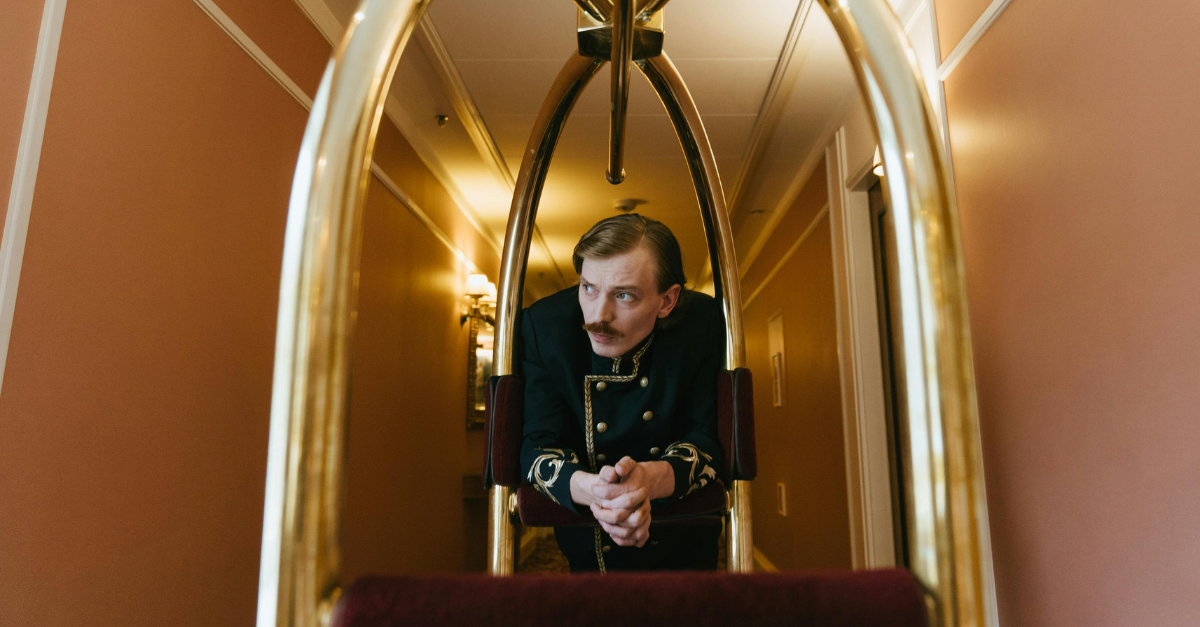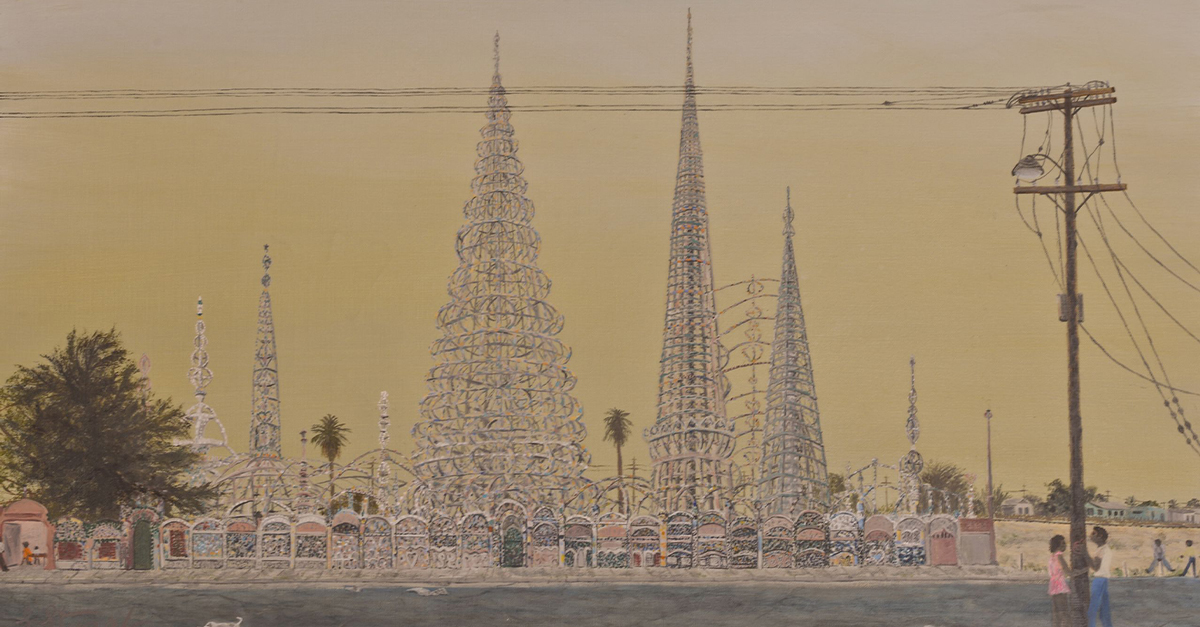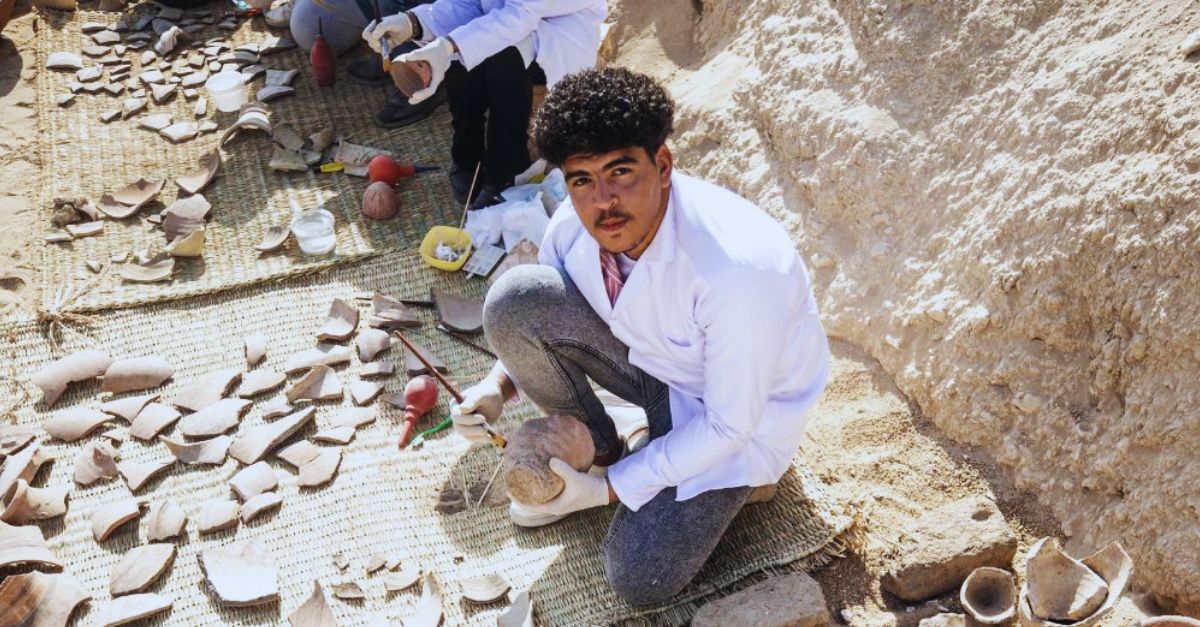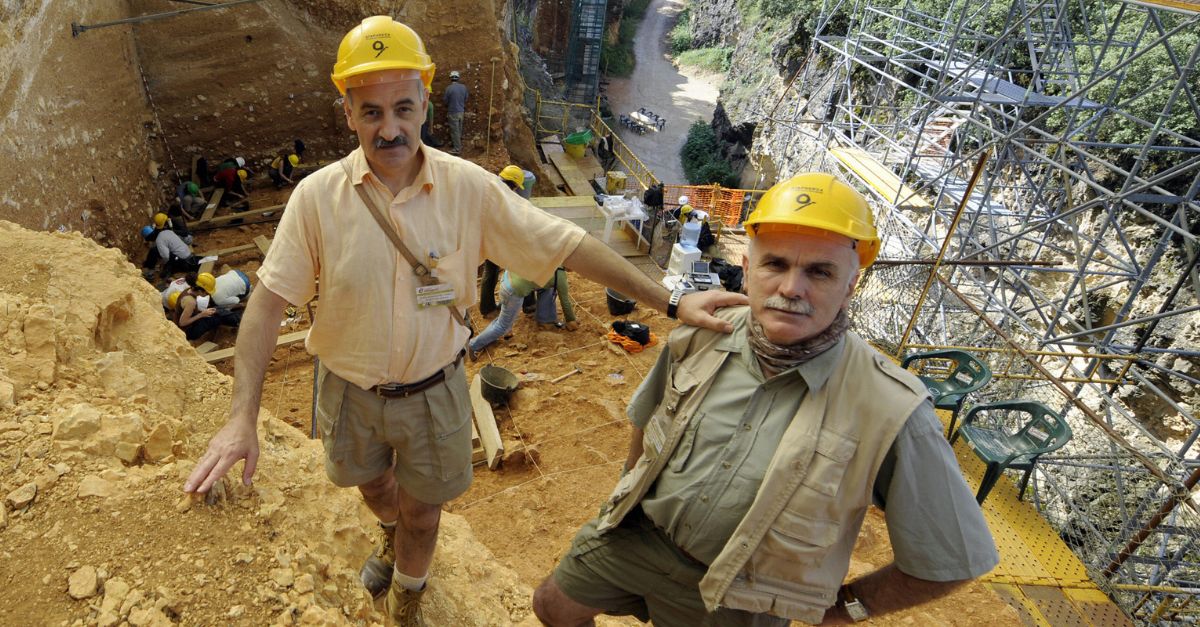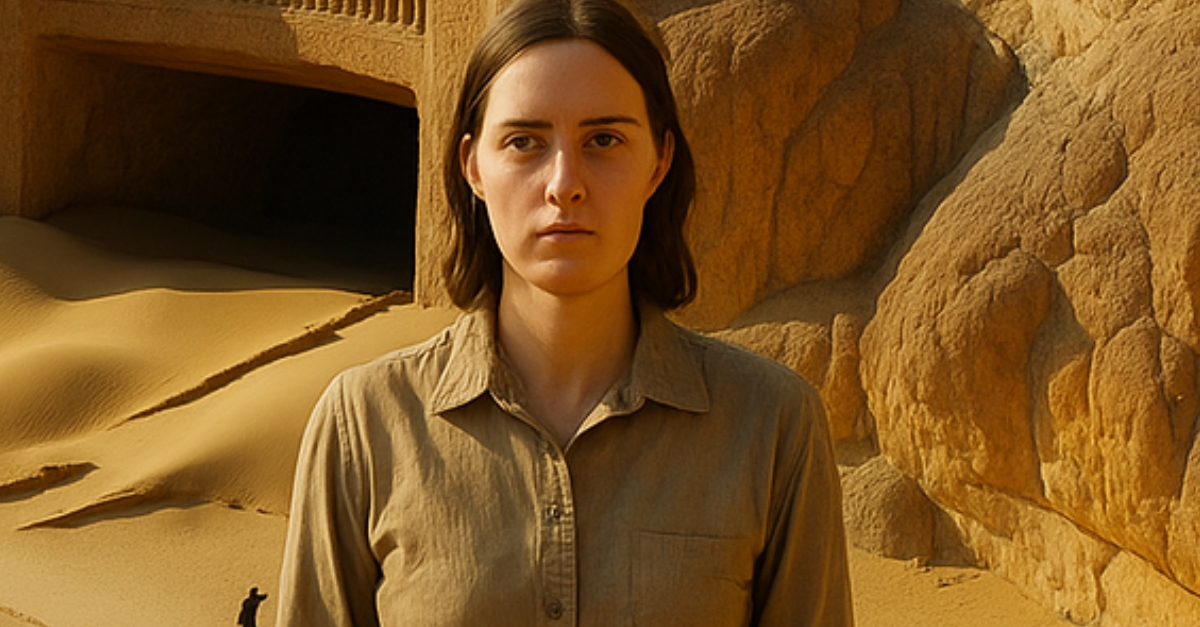Mysterious Human Remains In Finland Could Be Among The Oldest Ever Found
Something extraordinary is stirring beneath Finland’s frozen soil. Scientists believe they’ve stumbled upon fossilized human remains that could be among the oldest ever unearthed in Northern Europe. If verified, this discovery won’t just make headlines — it could rewrite an entire chapter of early human history.
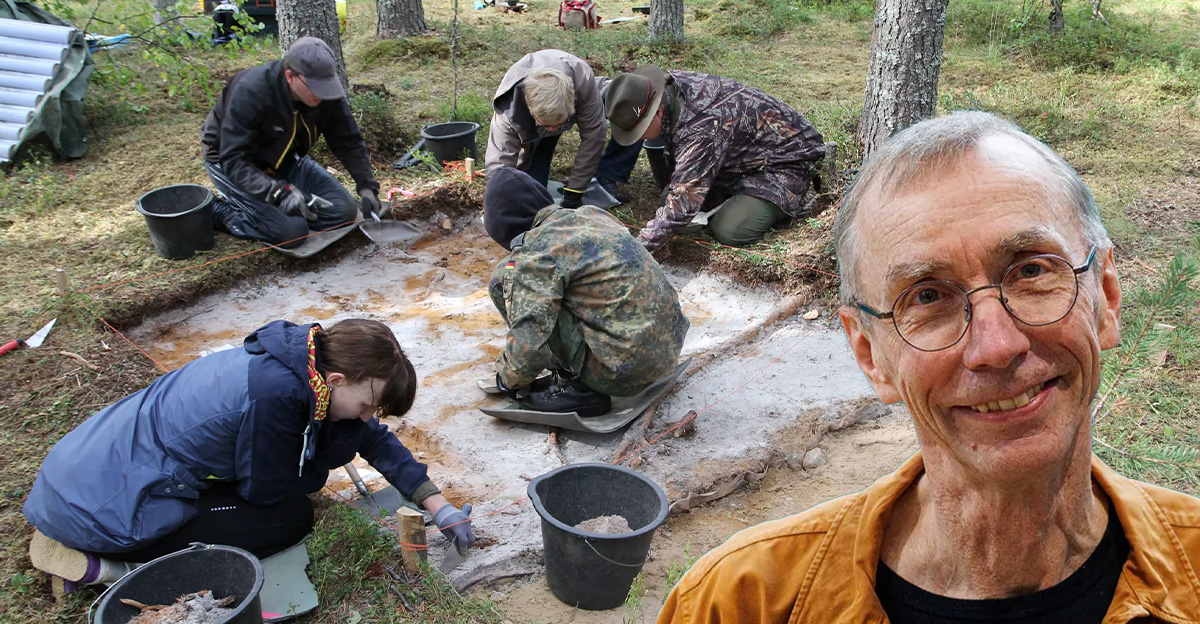
The Finnish Find That’s Turning Heads
It began quietly, as these things often do — a small fragment discovered where few expected to find one. Finnish researchers now suspect it might be human, possibly dating back tens of thousands of years, maybe more. If true, it would place early humans in northern latitudes far earlier than anyone dared to imagine.
 Exploring the Ancient Bronze Age Burial Site of Sammallahdenmäki, Finland, World Wonders
Exploring the Ancient Bronze Age Burial Site of Sammallahdenmäki, Finland, World Wonders
Why This Is Such a Big Deal
Archaeologists have long assumed that ancient humans stayed close to milder climates in southern Europe. Finland? Too cold, too unforgiving, too remote. But this potential fossil says otherwise — that humans might have been braving the ice and snow long before history remembers.
Bones Against the Odds
Finland’s soil is no friend to the past. Rich in acid, it eats away at bone faster than you can say “radiocarbon.” That’s why even large burial sites in Finland often yield no human remains at all. For archaeologists, finding actual bone here is like finding a snowflake that never melted.
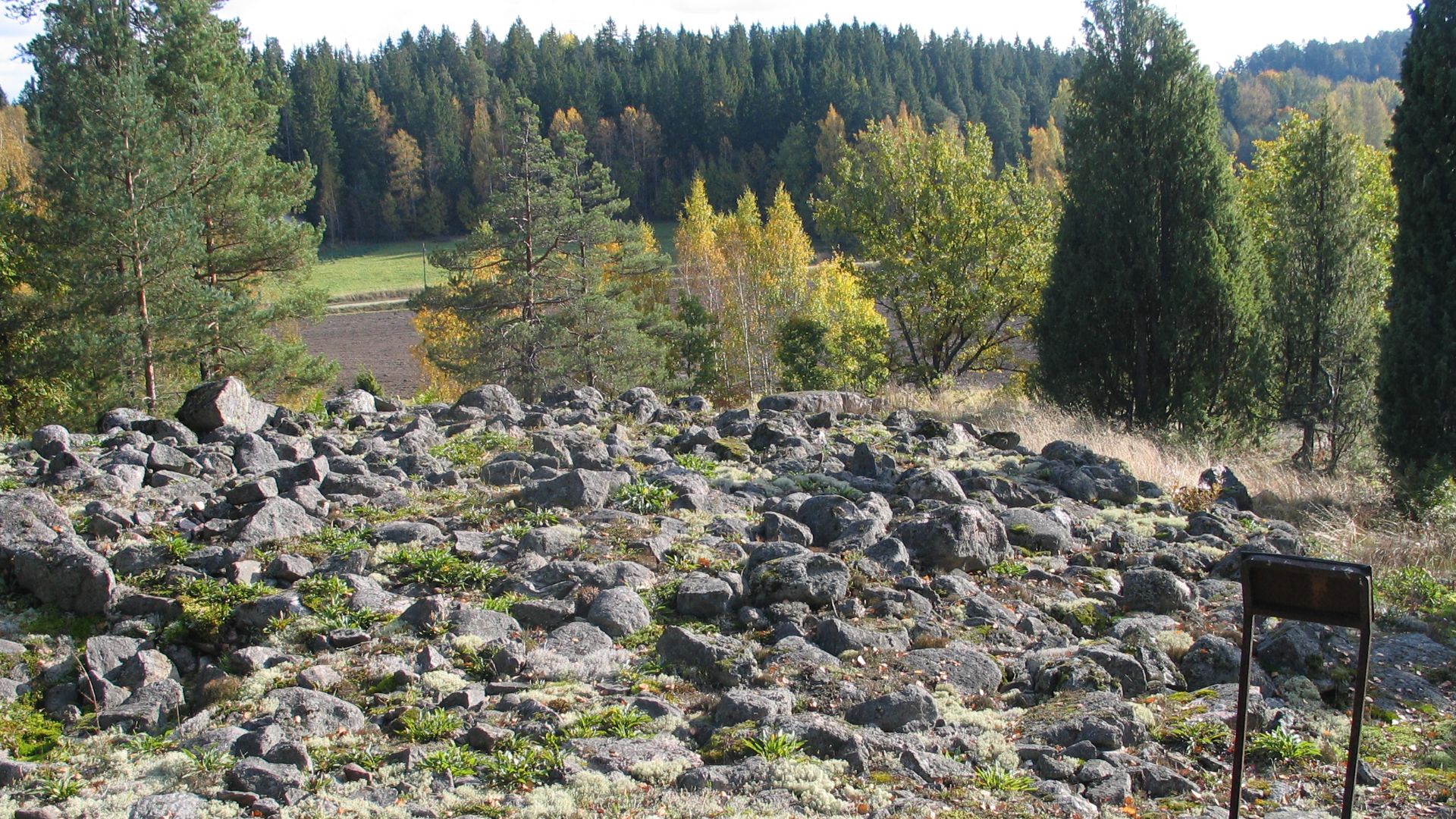 Lehtonen, Kaisa, Wikimedia Commons
Lehtonen, Kaisa, Wikimedia Commons
The Mystery of Tainiaro
The Tainiaro site in northern Finland is the perfect example of this puzzle. Dating back about 6,500 years, it’s one of the largest Stone Age gravefields in the Nordic region. Hundreds of possible burials have been identified — but not a single intact skeleton remains. The acidic earth devoured them long ago, leaving only ochre stains and grave outlines as ghostly reminders.
Why Scientists Are Buzzing
That’s what makes the current discovery so exciting. If Finnish researchers have found fossilized human remains, they’ve achieved something once thought impossible. It would mean that, against all odds, a fragment of humanity managed to outlast time, climate, and chemistry — a tiny survivor whispering from the Ice Age.
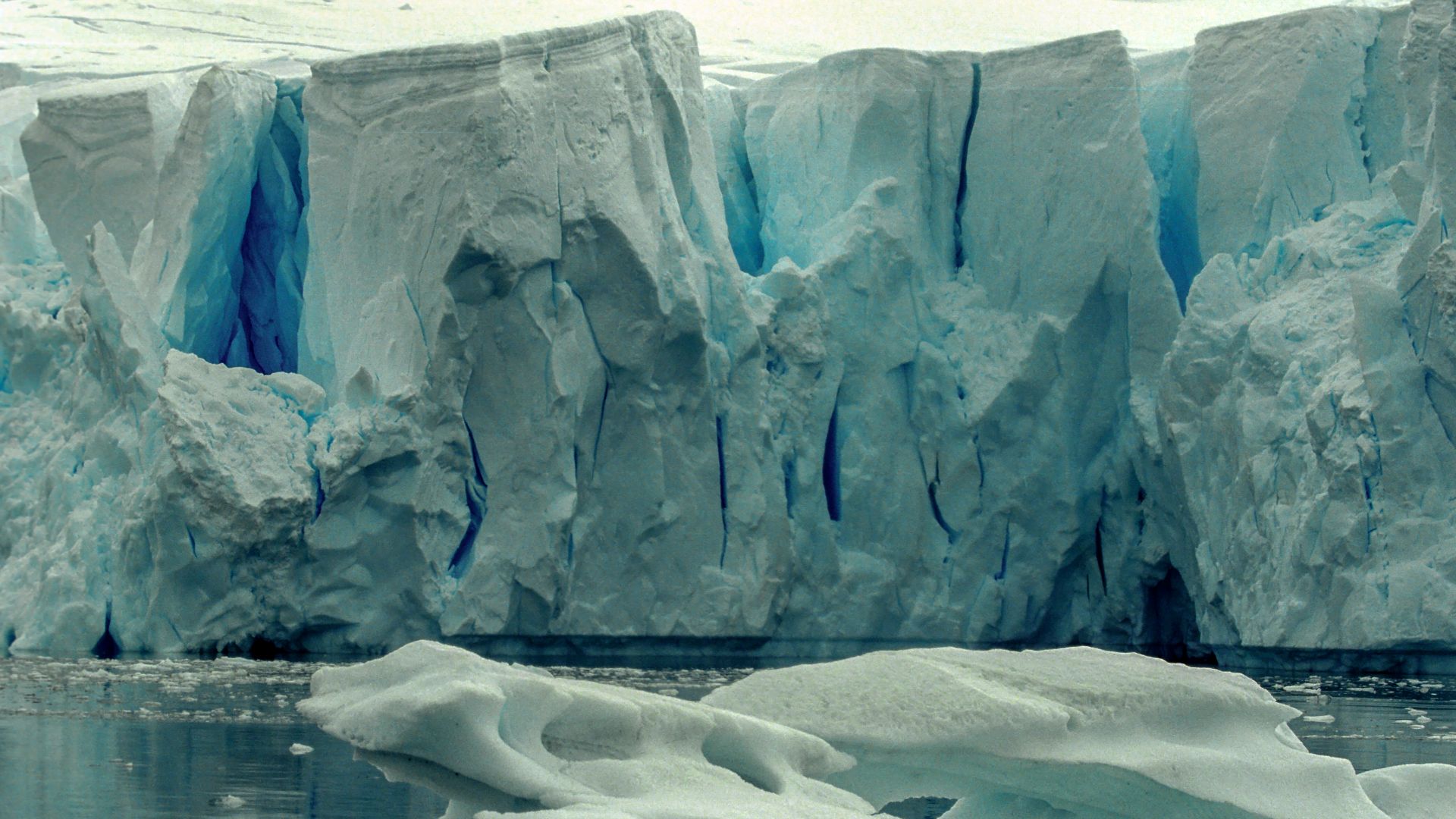 Jerzy Strzelecki, Wikimedia Commons
Jerzy Strzelecki, Wikimedia Commons
The Quest To Confirm It
Of course, excitement must walk hand-in-hand with caution. Scientists are running tests — microscopic bone analysis, isotope comparisons, dating techniques — anything that can prove the fossil’s age and authenticity. They’re asking a simple question with world-changing potential: Is this really human?
A Million-Year Echo From Spain
To understand the magnitude of this find, look south to Spain’s Atapuerca Mountains. In 2022, researchers there unearthed part of a human face — a fossilized cheekbone and jaw nicknamed “Pink.” Dated between 1.1 and 1.4 million years old, Pink represents one of Europe’s earliest known humans.
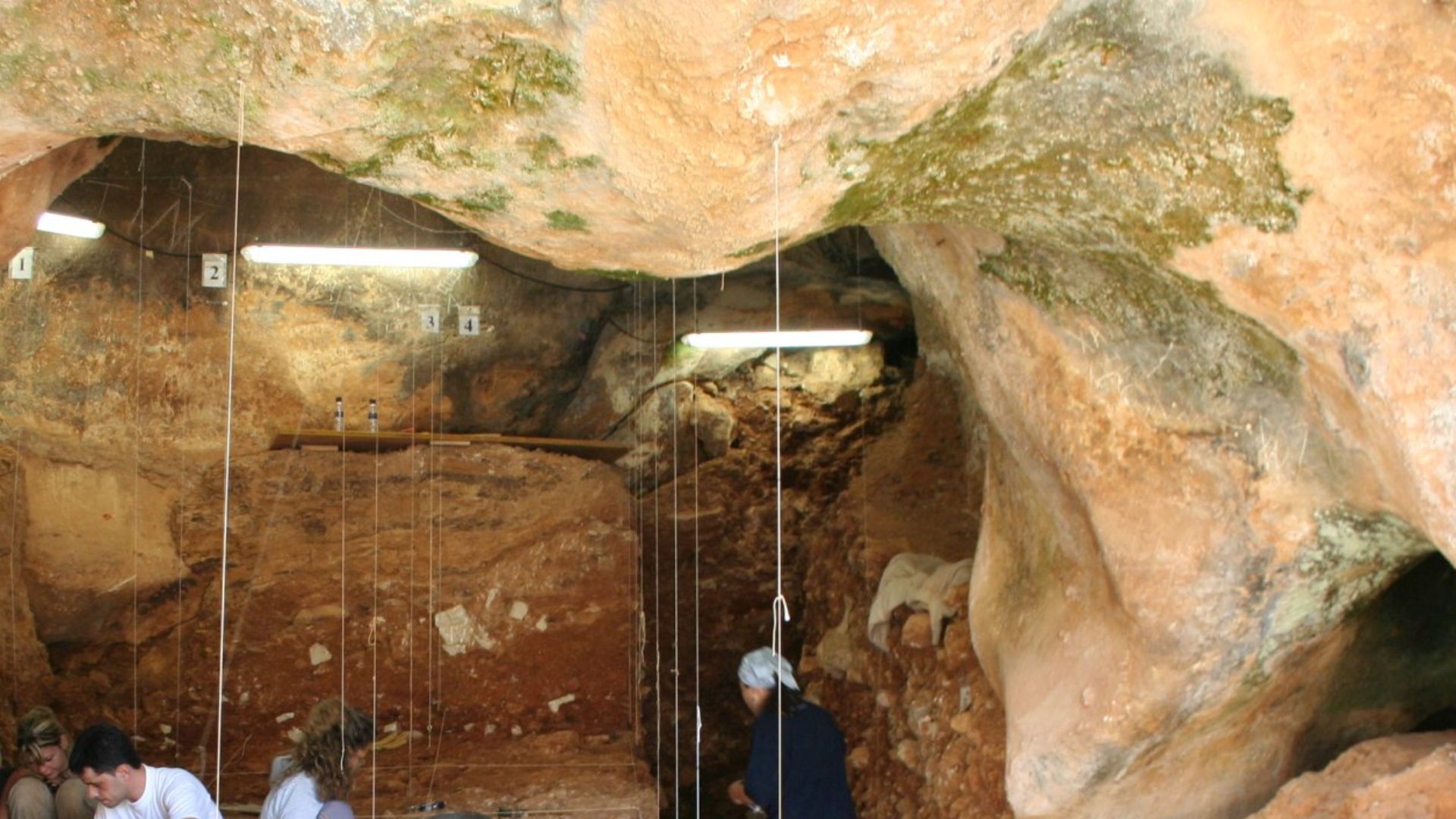 Mario Modesto Mata, Wikimedia Commons
Mario Modesto Mata, Wikimedia Commons
Meet “Pink”: Europe’s Ancient Face
The Spanish team named the fossil “Pink” after both Pink Floyd’s Dark Side of the Moon and researcher Rosa Huguet. Using 3D imaging, they reconstructed Pink’s features — a mix of familiar and alien. It was the face of someone both like us and profoundly different: a pioneer who gazed out at a Europe few humans had ever seen.
 Enrique Baquedano entrevista a Rosa Huguet, Museo Arqueológico Paleontológico Comunidad Madrid
Enrique Baquedano entrevista a Rosa Huguet, Museo Arqueológico Paleontológico Comunidad Madrid
The Species That Doesn’t Fit
Pink didn’t match any known species perfectly. Scientists tentatively called it Homo affinis erectus — a relative of Homo erectus that might represent a whole new lineage. In short, Pink wasn’t just old; it was mysterious, rewriting Europe’s evolutionary map.
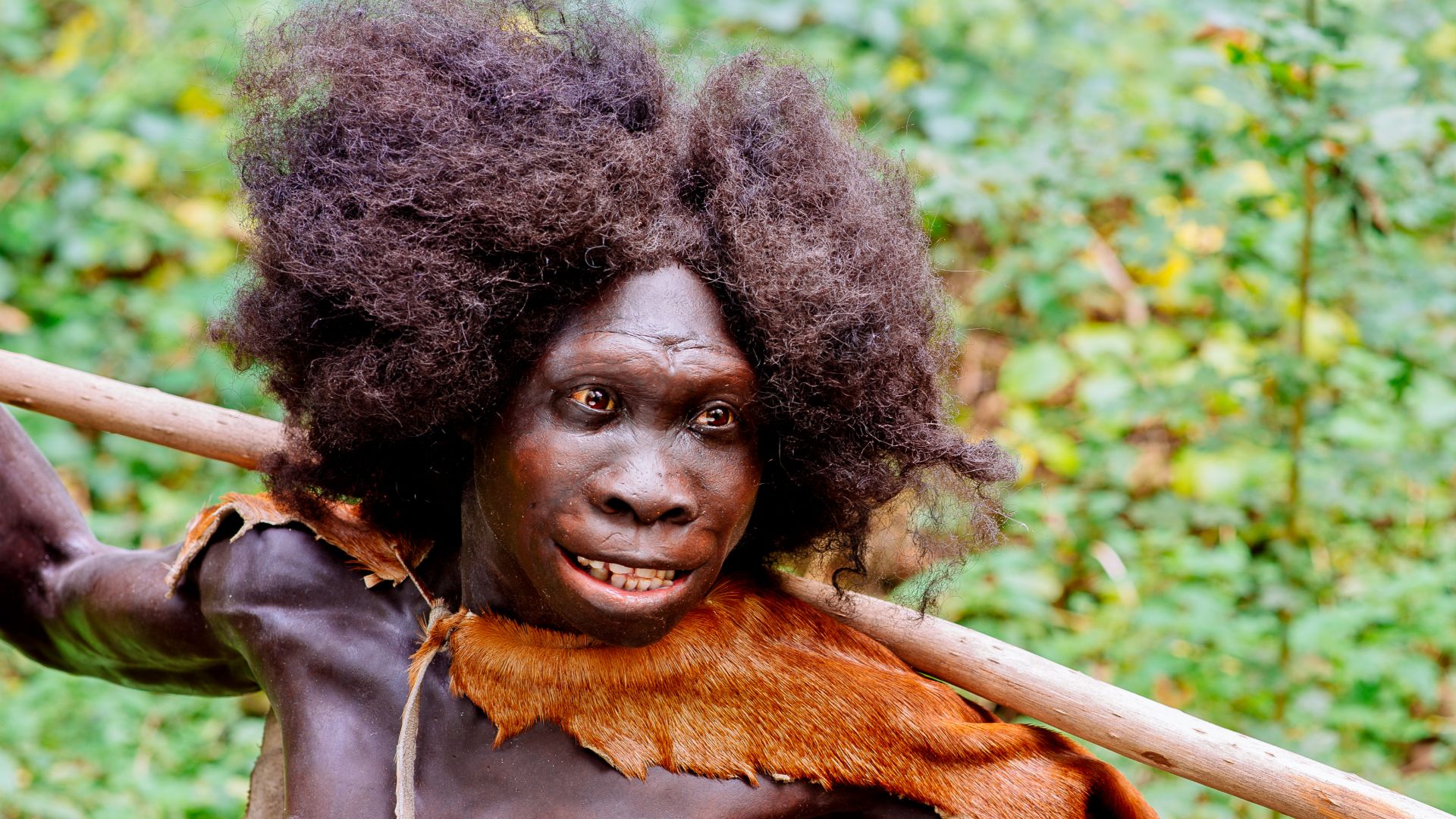 Neanderthal Museum, Wikimedia Commons
Neanderthal Museum, Wikimedia Commons
Europe’s Early Crowd Was Diverse
Pink’s discovery proved that Europe wasn’t home to just one type of early human. Multiple species, perhaps even competing or interbreeding, roamed the continent long before modern humans showed up. It’s a reminder that our ancient family tree was more of a tangled forest than a single trunk.
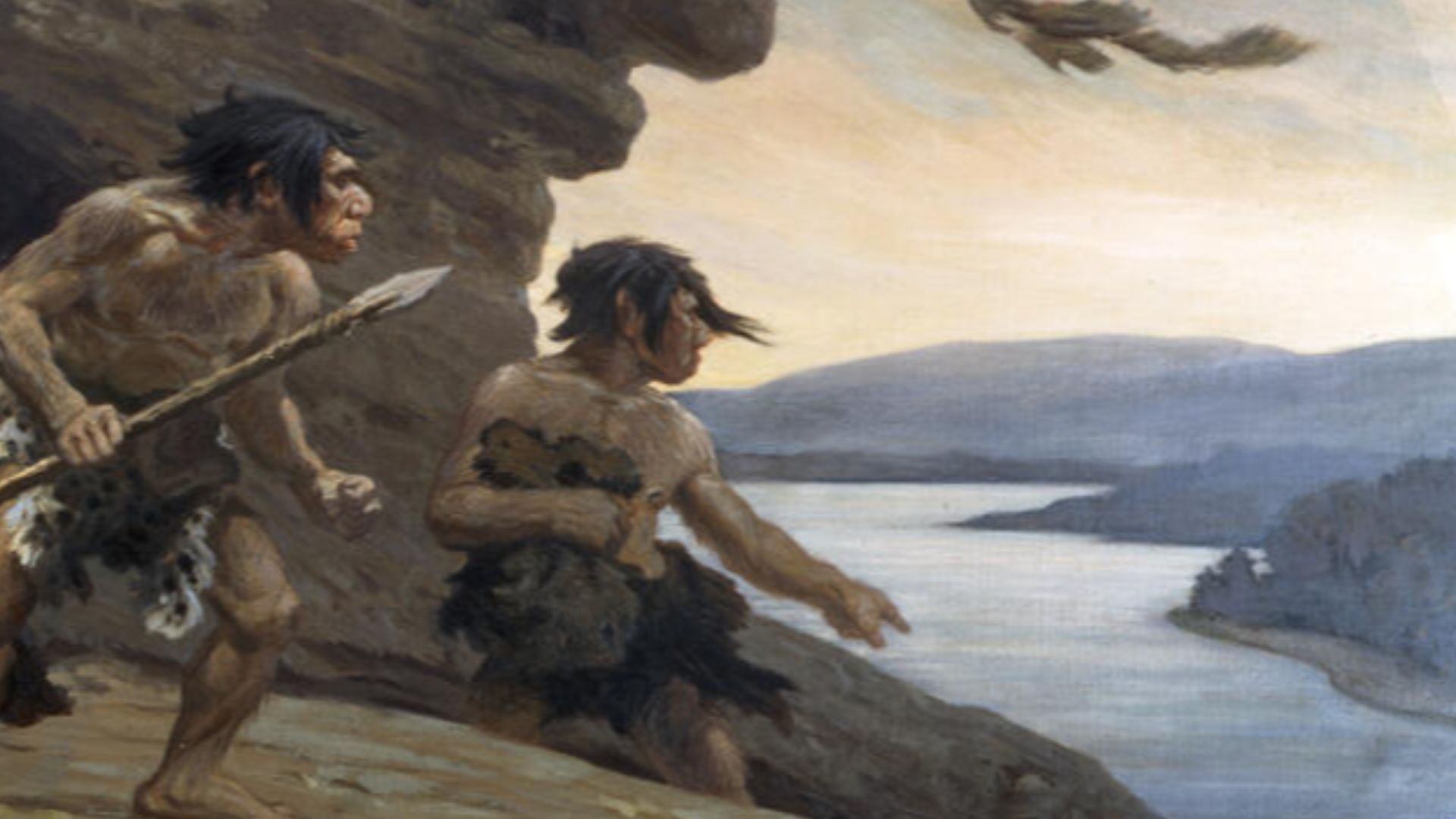 Charles Robert Knight, Wikimedia Commons
Charles Robert Knight, Wikimedia Commons
When Europe Was Green & Wild
A million years ago, Europe looked nothing like the one we know. The Atapuerca region teemed with rivers, forests, and animals — even hippos splashing through streams. It was warm, lush, and bursting with life. In contrast, Finland’s Ice Age landscapes would have been a different kind of challenge: cold, sparse, and endlessly demanding.
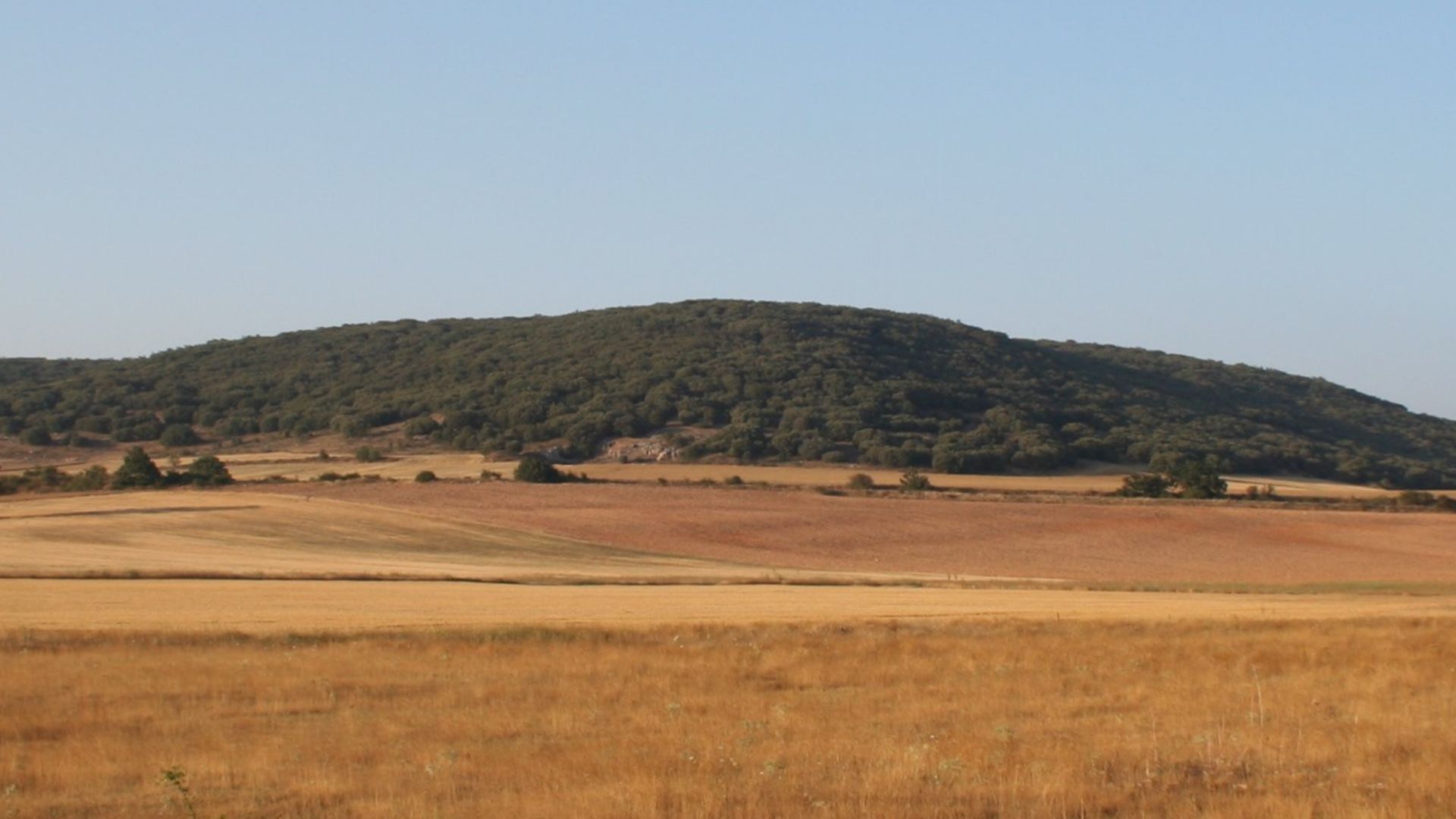 Mario Modesto Mata, Wikimedia Commons
Mario Modesto Mata, Wikimedia Commons
Tools, Teeth, and Toughness
Near Pink’s resting place, archaeologists uncovered stone tools and butchered animal bones — proof that these early people were skilled, resourceful, and unafraid of hard living. They hunted, cooked, and crafted in a world still raw and untamed.
Surviving The Unthinkable
Life back then wasn’t easy. Climate swings, glaciations, and ecological collapse tested every generation. Many populations disappeared entirely. To imagine early humans making it all the way to Finland under those conditions is to imagine survival on the edge of the impossible.
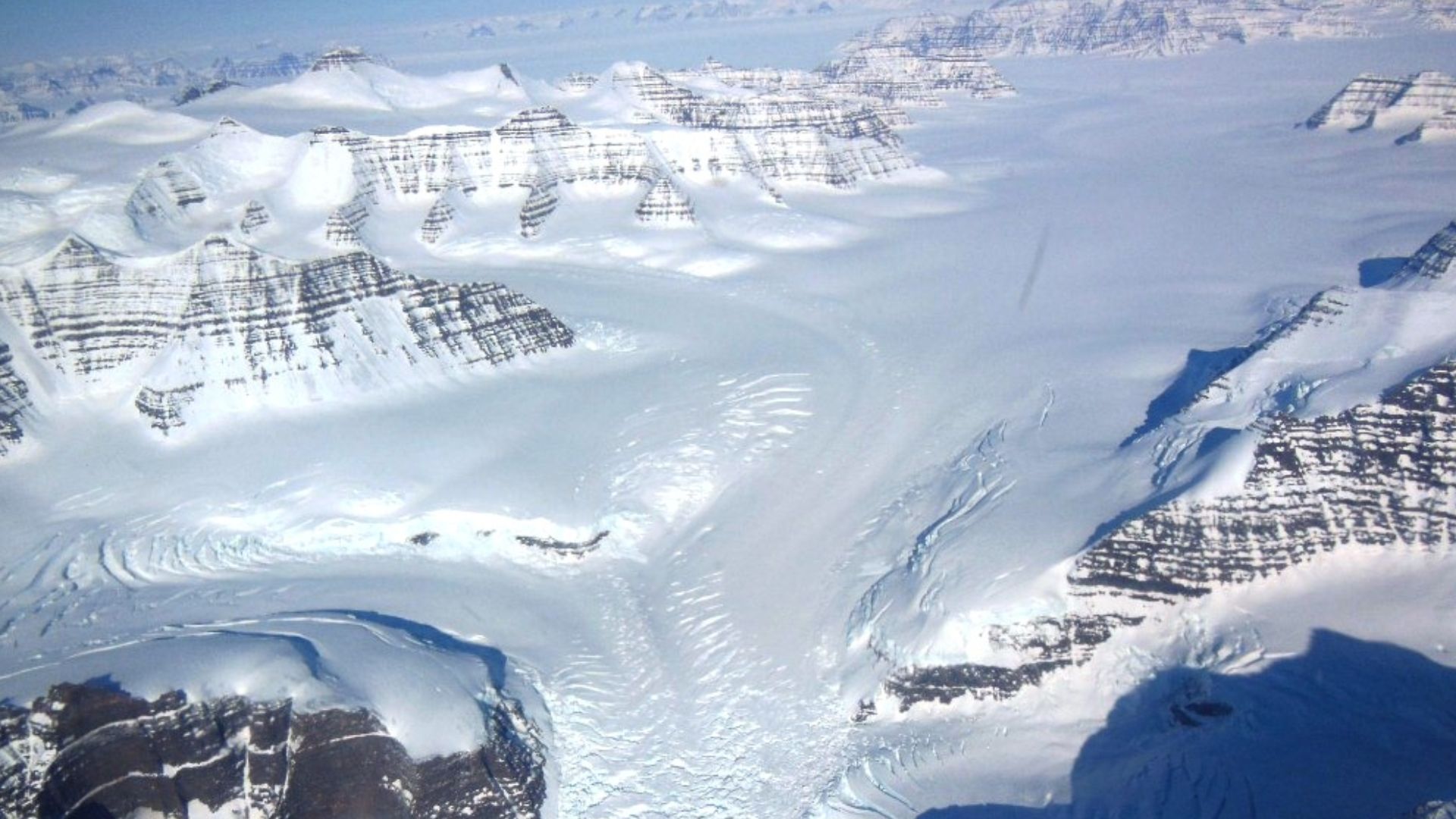 NASA / Christy Hansen, Wikimedia Commons
NASA / Christy Hansen, Wikimedia Commons
The North Beckons
And yet — humans are explorers by nature. The Finnish find hints that, even then, some groups pushed farther north than anyone expected. Perhaps they followed migrating animals, or fled overcrowded valleys. Whatever the reason, they left behind a fossilized trace that now calls to us from beneath frozen ground.
 Exploring the Ancient Bronze Age Burial Site of Sammallahdenmäki, Finland, World Wonders
Exploring the Ancient Bronze Age Burial Site of Sammallahdenmäki, Finland, World Wonders
The Fossil’s Silent Story
Each fossil holds its own language — written not in words but in calcium, carbon, and time. Scientists will study the Finnish specimen’s enamel thickness, bone microstructure, and mineral makeup. Every detail will whisper clues about who this person was and when they lived.
 Fossils 101 | National Geographic, National Geographic
Fossils 101 | National Geographic, National Geographic
The Dating Game
Dating ancient remains is part science, part art. Uranium-series tests can read the fossil’s mineral clock; electron spin resonance can measure radiation damage in enamel; magnetic readings from surrounding rock can reveal when the Earth last flipped its poles. Together, these techniques can pinpoint an age that might change everything we know about early Europe.
Beyond The Bone
Context matters as much as the fossil itself. If tools, ochre, or burial patterns are found nearby, it could suggest deliberate behavior — the spark of culture. Even a single tool fragment could link this northern find to humanity’s shared story of innovation and adaptation.
 Marco Almbauer, Wikimedia Commons
Marco Almbauer, Wikimedia Commons
The Big Migration Question
If people really reached Finland that early, it would mean ancient humans spread northward in waves, not just from southern Europe but across vast distances. The discovery could show that early Europeans were more resilient, more daring, and more mobile than scholars ever believed.
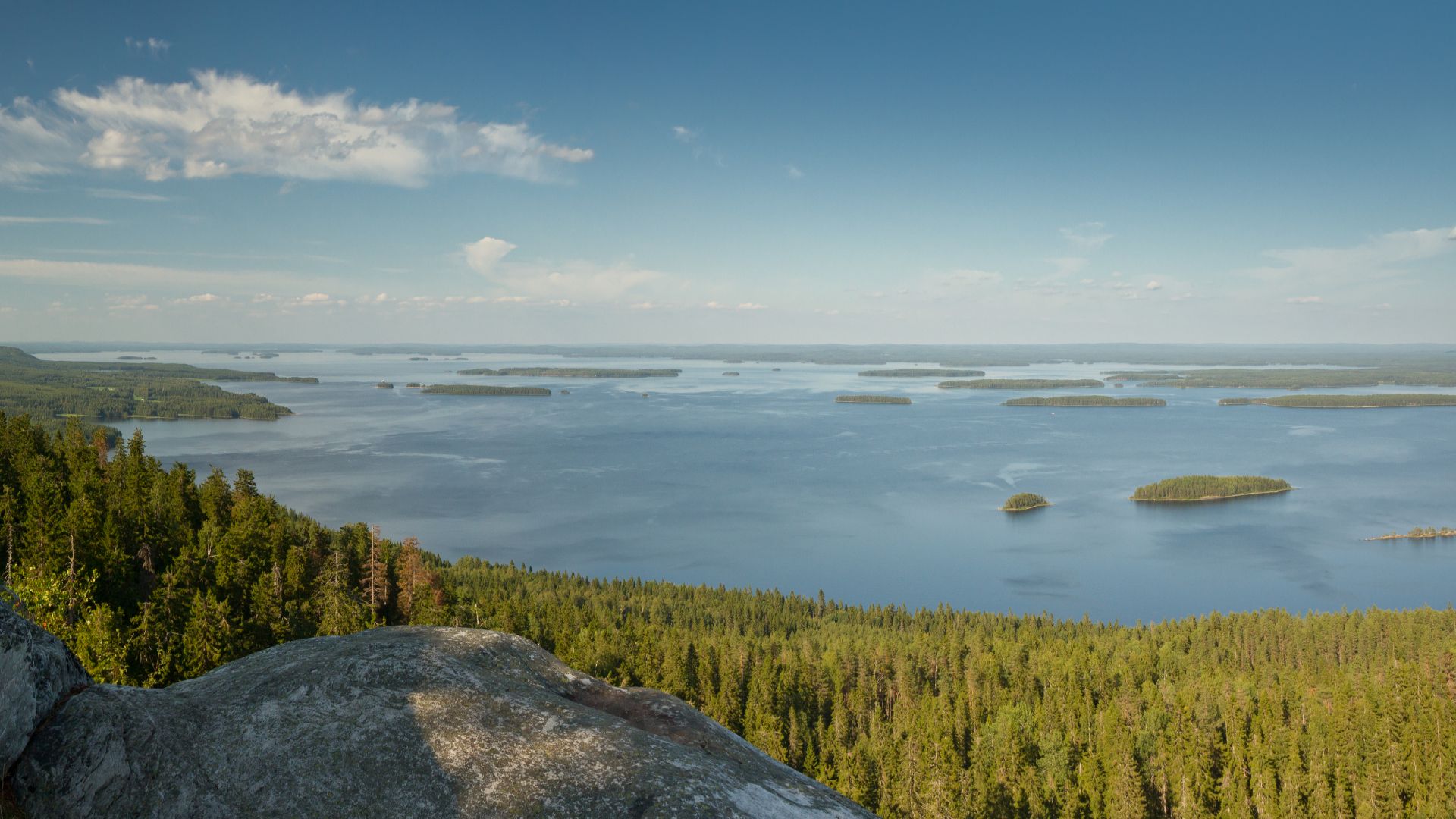 Ximonic (Simo Räsänen), Wikimedia Commons
Ximonic (Simo Räsänen), Wikimedia Commons
Why Every Bone Counts
In human evolution, every fossil is a piece of the world’s oldest jigsaw puzzle. Some species are known from nothing more than a single jaw or a tooth. That’s why a fragment in Finland matters as much as a skull in Spain — each one helps bridge the immense gaps in our story.
 How Do Paleontologists Date Fossils? | Secrets of the Underground, Science Channel
How Do Paleontologists Date Fossils? | Secrets of the Underground, Science Channel
Archaeologists As Time Detectives
To reconstruct the past, scientists play detective with dirt. They decode isotopes, trace soil chemistry, and match tool marks like forensic clues. Each layer of earth is a page in the unwritten biography of humanity, and this new fossil may be one of its oldest sentences.
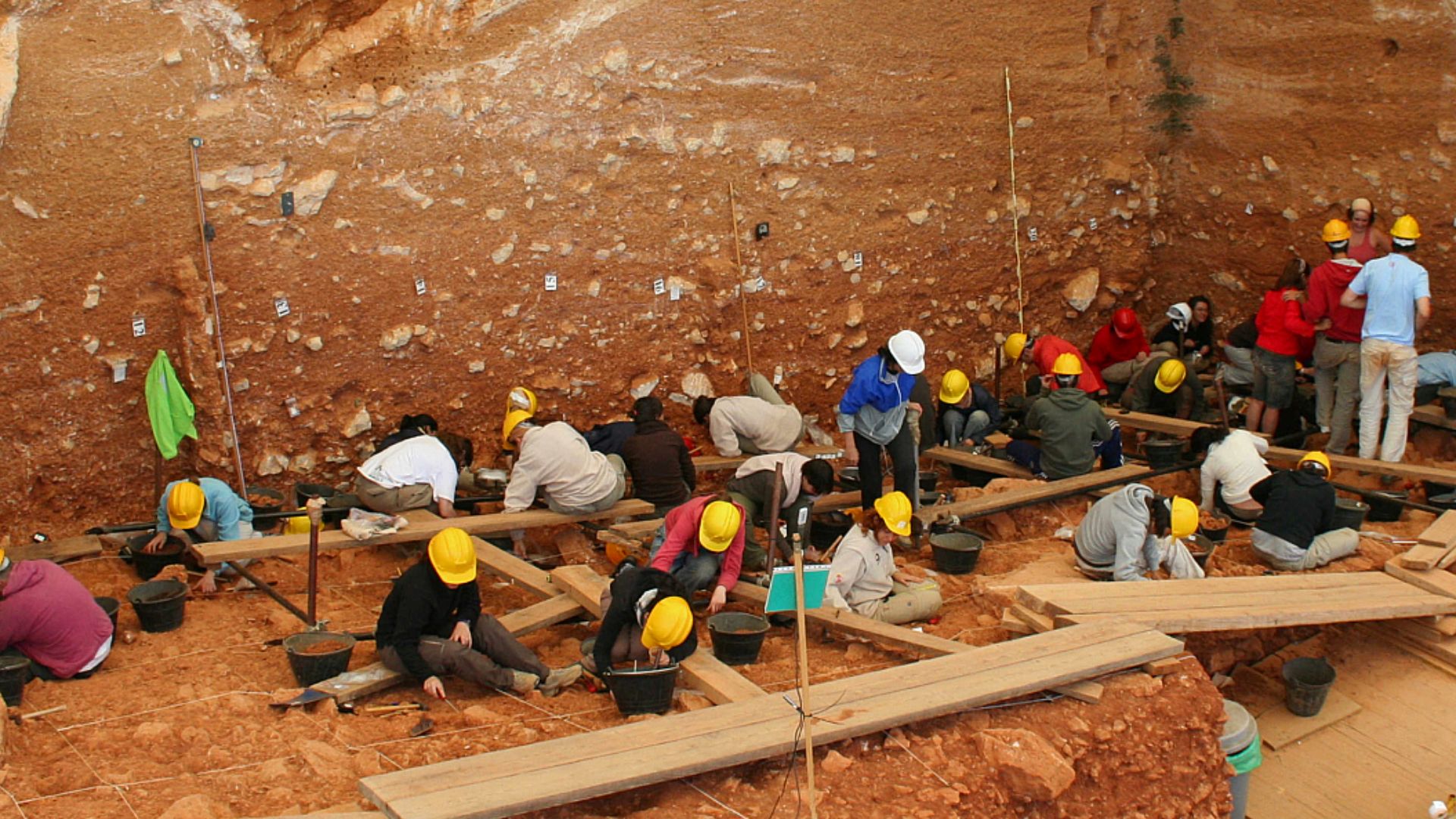 Mario Modesto Mata, Wikimedia Commons
Mario Modesto Mata, Wikimedia Commons
Science Demands Caution
For all the excitement, researchers know that big claims must be proven. Could the fossil be an animal bone, mineralized in a way that mimics human structure? Could contamination skew the dating? Until the evidence is rock solid, skepticism is the scientist’s closest friend.
What Comes Next in Finland
The Finnish team plans to publish their findings soon, opening them up to peer review. If other experts confirm the results, the fossil could officially become the oldest known human remains in Northern Europe — a discovery that would turn Finland into an unexpected hotspot of early archaeology.
The World Is Watching
From Spain to Siberia, archaeologists are holding their breath. Whether this turns out to be a confirmed fossil or a fascinating false alarm, it’s already changing the conversation about how early humans conquered the cold.
The North’s Hidden Past
If this fossil is real, it means our ancestors weren’t just wanderers of warm valleys but pioneers of permafrost — brave, curious, and endlessly adaptive. They didn’t just survive the cold; they claimed it.
The Oldest Story Still Unfolds
The soil of Finland may yet hold the oldest human whisper in the North — a fossil that survived what almost nothing else could. Whether this ancient being was a traveler, a hunter, or the first northerner, their story reminds us of one beautiful truth: humanity has always looked beyond the horizon and walked toward the unknown.
 Exploring the Ancient Bronze Age Burial Site of Sammallahdenmäki, Finland, World Wonders
Exploring the Ancient Bronze Age Burial Site of Sammallahdenmäki, Finland, World Wonders

